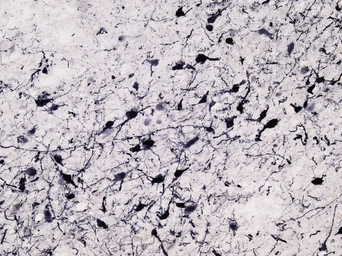Tyrosine Hydroxylase antibody, C-term
Cat. No. GTX89578
Cat. No. GTX89578
-
HostGoat
-
ClonalityPolyclonal
-
IsotypeIgG
-
ApplicationsWB IHC-Fr
-
ReactivityHuman


